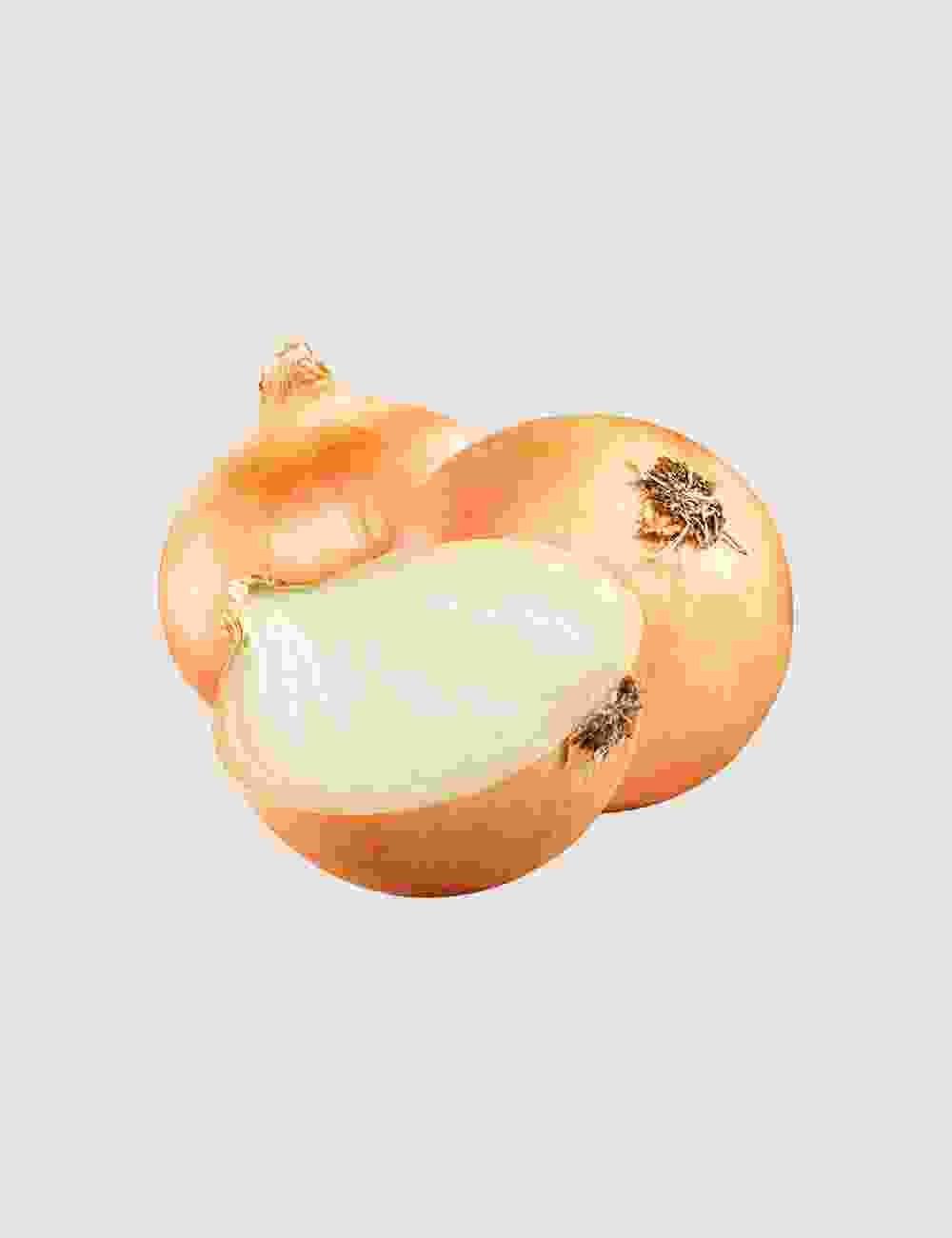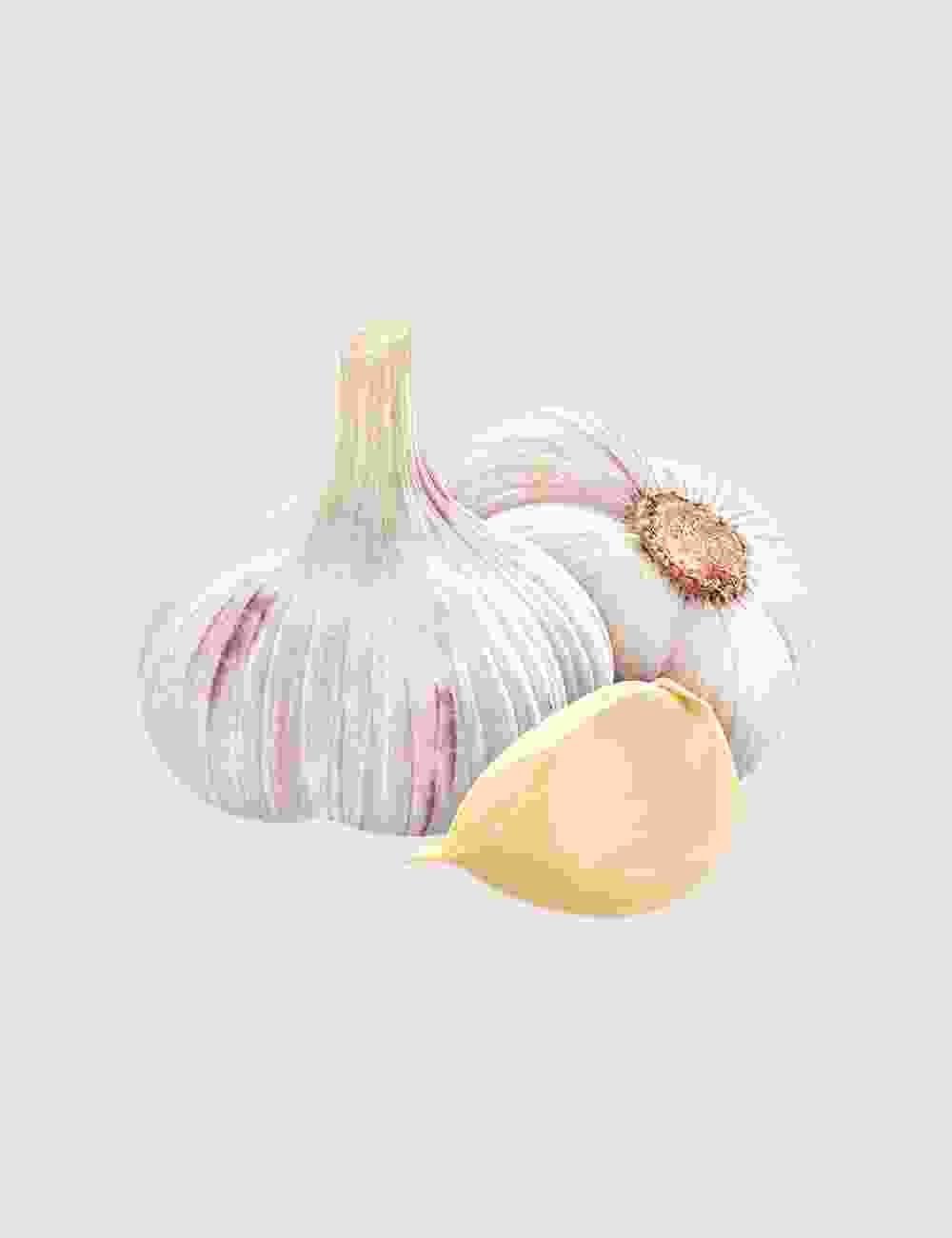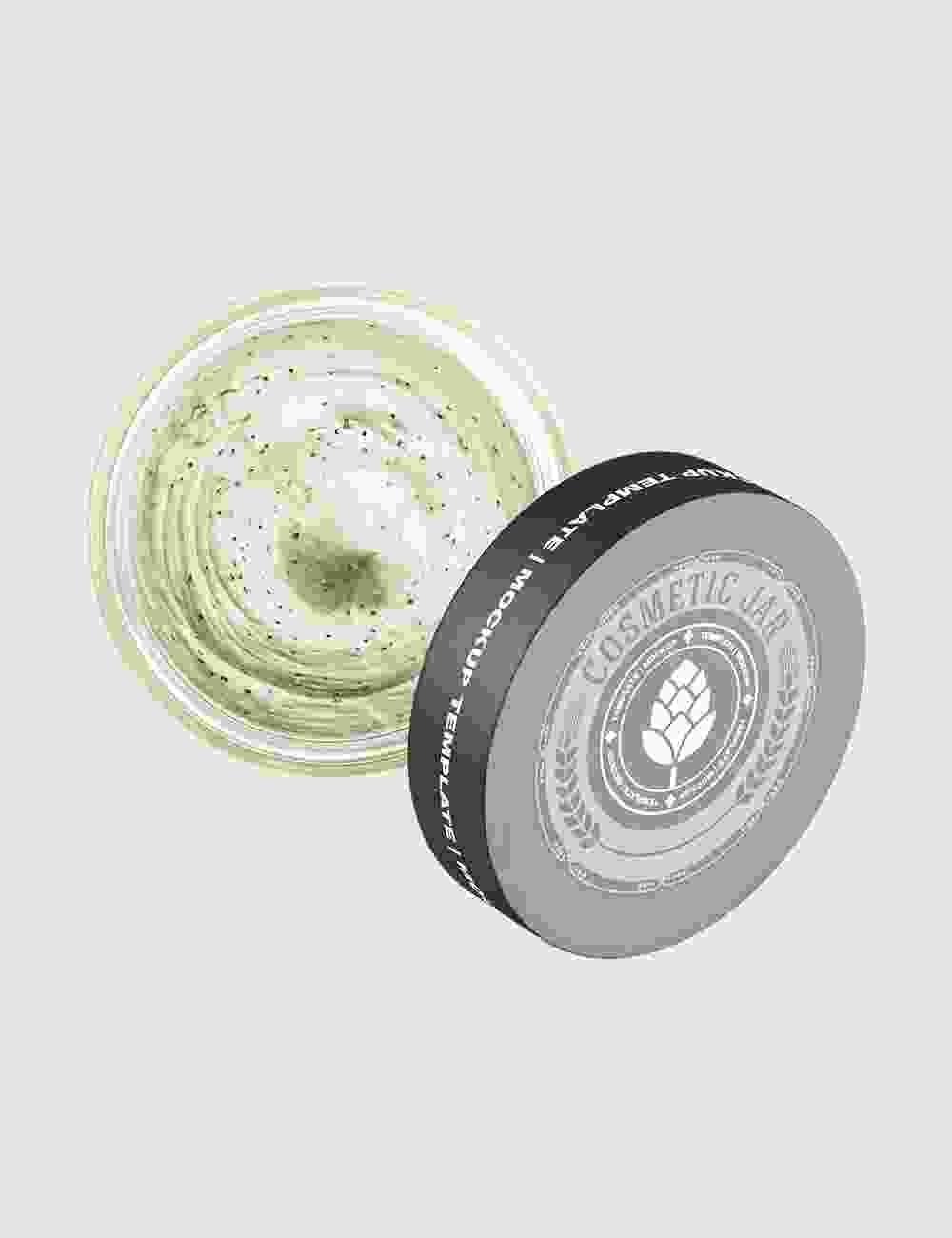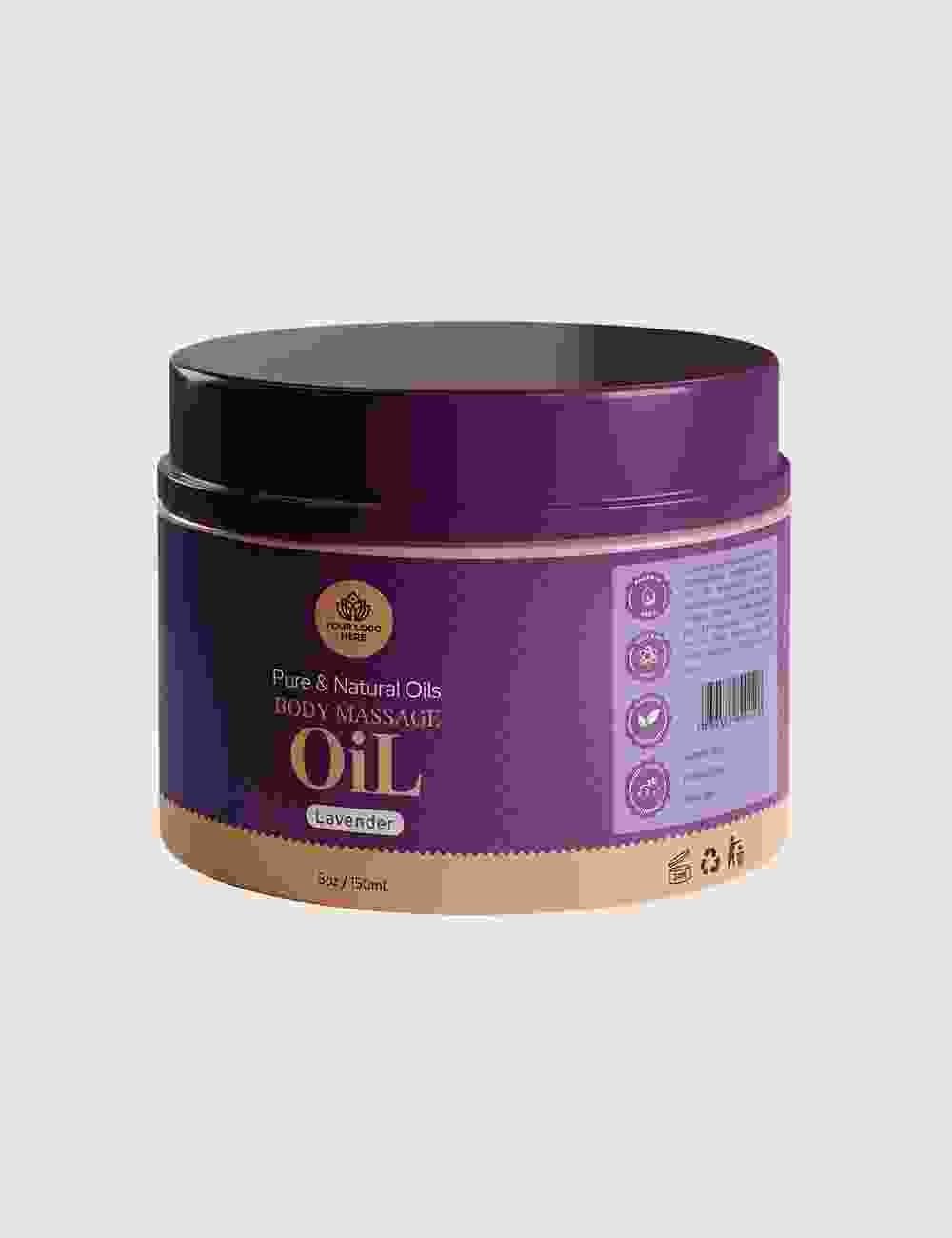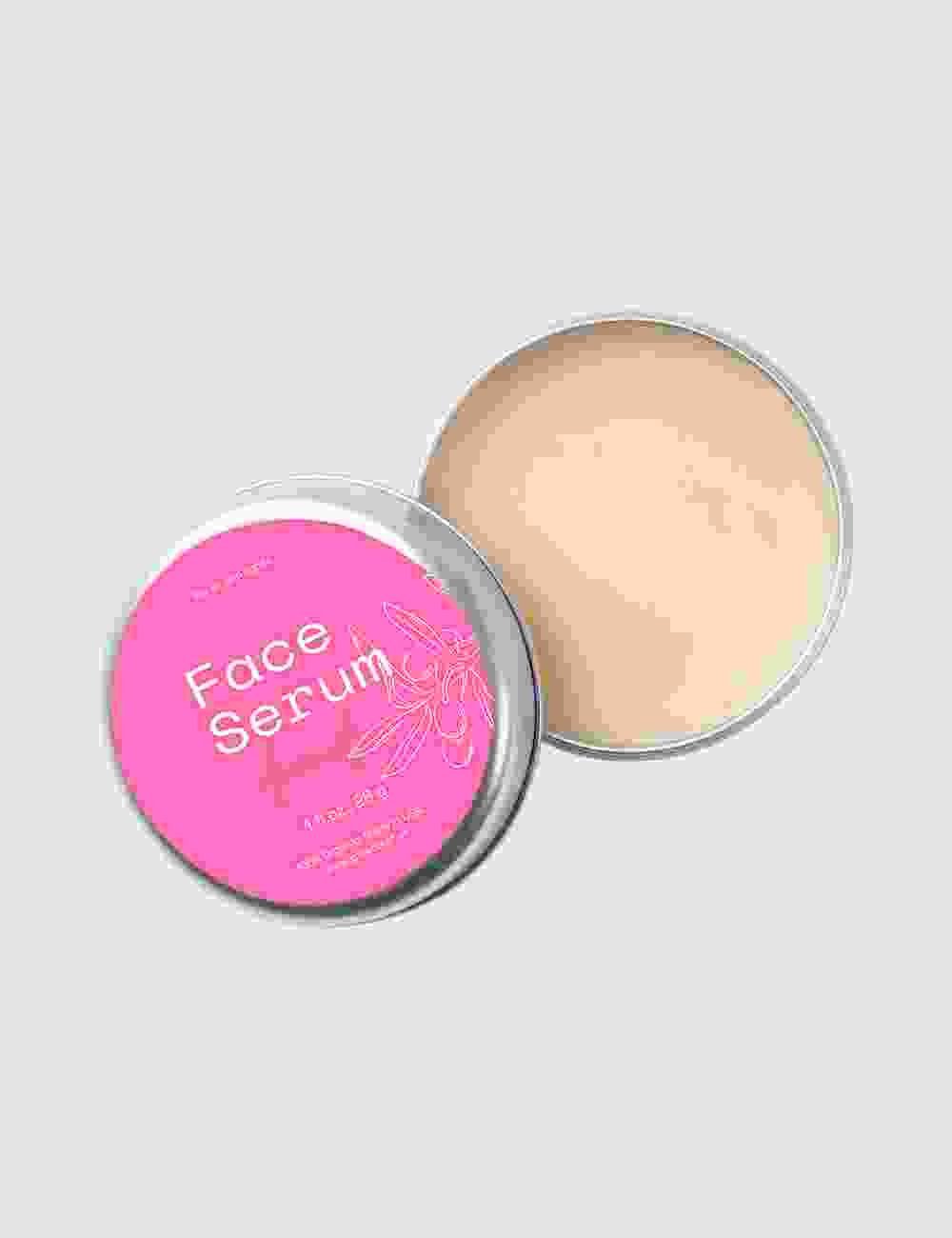No products added!
Weight & Visceral Fat
Excess added sugar adds “empty” calories and promotes fat storage. Cutting back supports weight control.

Evidence‑based ingredients, designed to help you reduce sugar cravings without frustration — so you can enjoy sweetness on your terms.

EVIDENCE FIRST
Most adults consume more added sugar than recommended. The World Health Organization (WHO) advises keeping free/added sugars below 10% of daily energy — ideally below 5% for additional benefit. High intake is consistently linked to weight gain, type 2 diabetes risk and dental caries. Cutting back helps stabilise energy, appetite and oral health.
Excess added sugar adds “empty” calories and promotes fat storage. Cutting back supports weight control.
Fast sugars create peaks and dips — cravings follow. Stabilising intake smooths energy.
Frequent sugary snacks feed oral bacteria and increase caries risk. Sugar‑free choices help protect teeth.
High added sugar is associated with higher risk of type 2 diabetes and cardiometabolic issues.
MECHANISMS
From blood glucose volatility to oral health — here’s what frequent added sugar does, and why moderation matters.
Sharp glucose peaks lead to crashes that drain energy and concentration.
Excess sugar adds calories without satiety and is stored as fat over time.
High added sugar is associated with higher risk of type 2 diabetes and cardiometabolic disease.
Frequent sugary snacks feed cariogenic bacteria; risk drops when sugars are reduced.
INGREDIENT SCIENCE
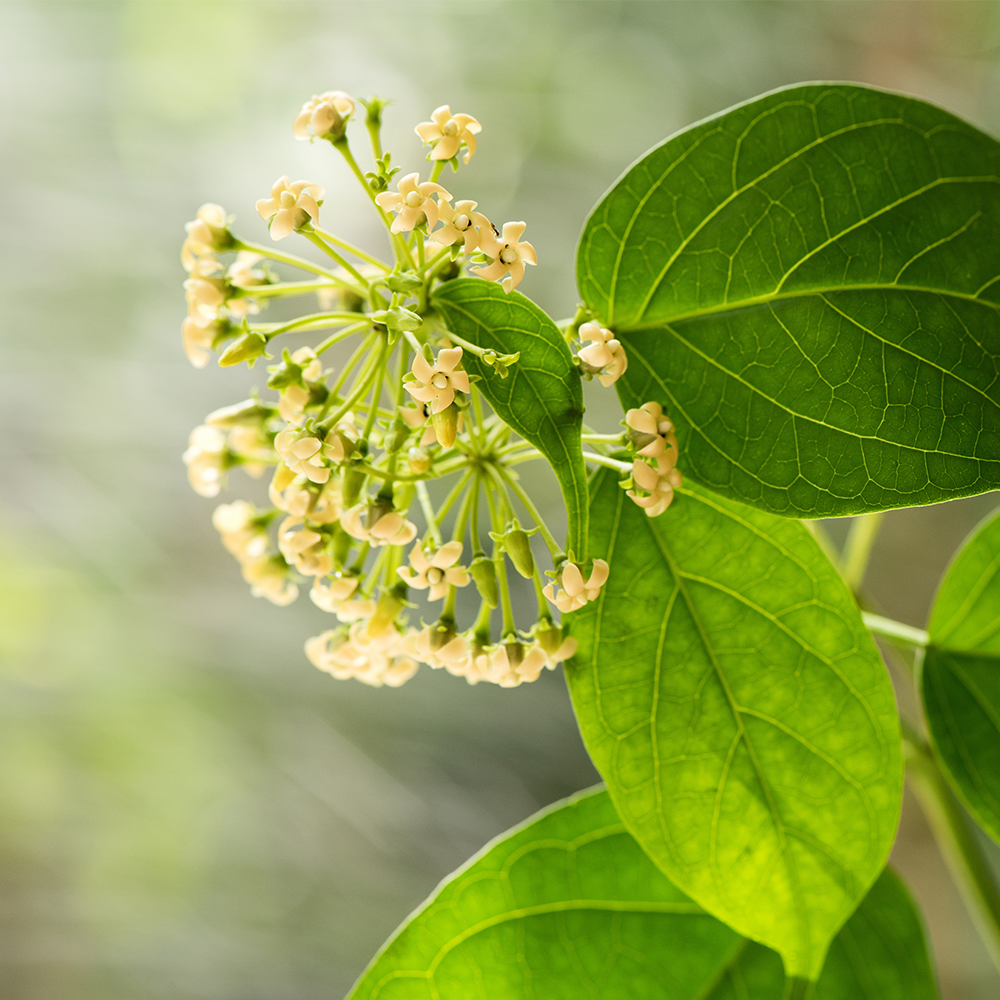
Gymnemic acids interact with sweet taste receptors, temporarily reducing sweetness perception — which can help curb the urge to snack on sweets.

Xylitol does not feed oral bacteria and is associated with reduced caries risk when used regularly in gum or lozenges.
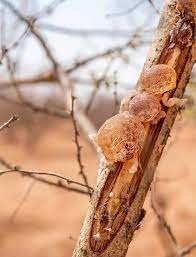
Acacia gum contributes soluble fiber and can support beneficial gut bacteria without harsh GI effects.
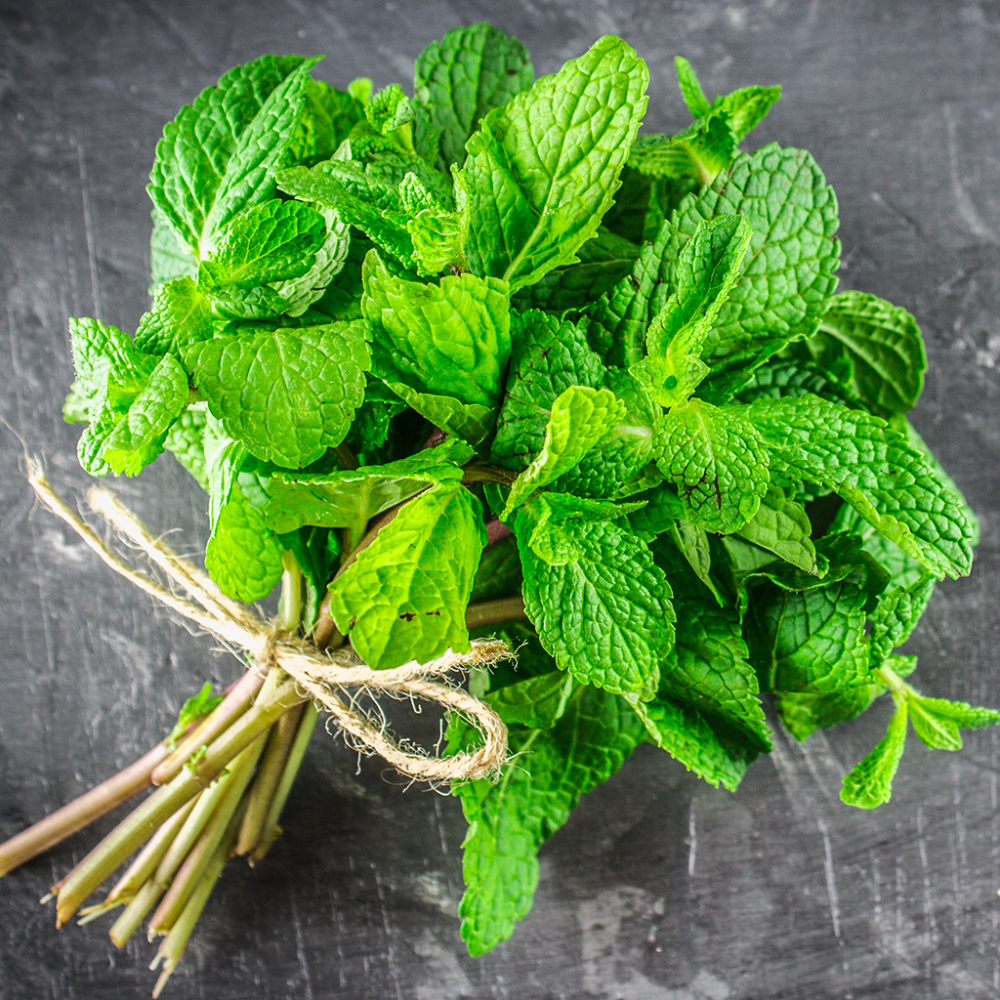
Refreshing taste that supports breath freshness and may aid digestion — a clean finish for a practical lozenge.
Peppermint & digestion (NIH / PubMed)Aim for smart indulgence — plan sweets, reduce grazing, and use tools that help you stay in control. That’s exactly where No More Sweet fits in: a small lozenge you can take when cravings hit, to make better choices easier.
REFERENCES
Food supplement. Does not replace a varied, balanced diet and healthy lifestyle.
A simple, plant‑based tool to help you reduce sugar cravings and keep your energy steady.




